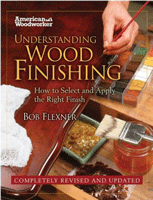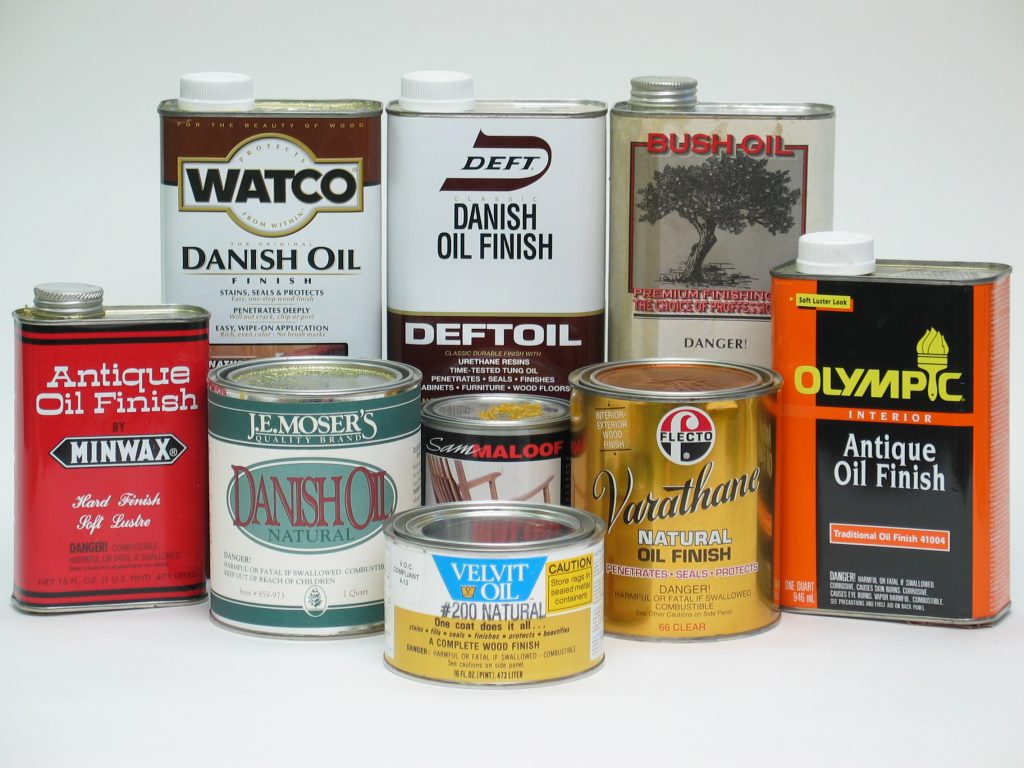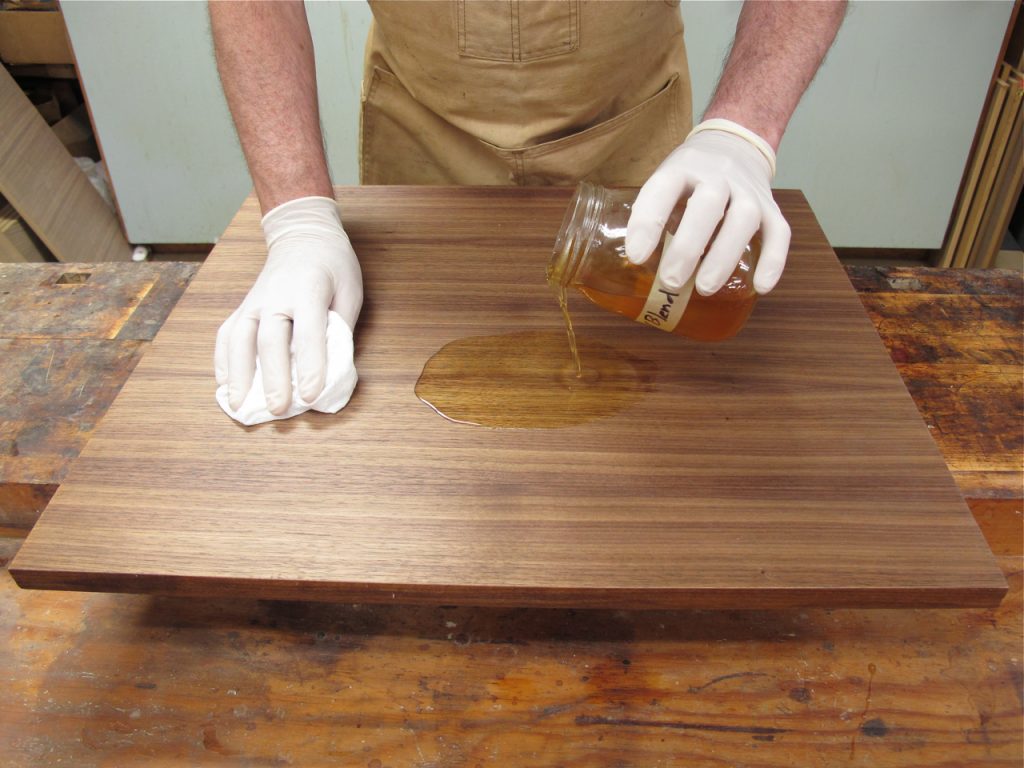We may receive a commission when you use our affiliate links. However, this does not impact our recommendations.
Every now and then someone comes into my shop, and in the course of conversation volunteers to me that his (it’s always a him) family had a secret formula for a finish that had been passed down for generations. Of course he wasn’t going to share it with me because then it wouldn’t be a secret anymore.
So I would have to tell him what it was: 1/3 boiled linseed oil, 1/3 spar varnish (I never understood why it had to be spar varnish and not simply any varnish), and 1/3 turpentine. Now we might use mineral spirits (paint thinner) instead of turpentine, but this was an ancient formula, surely before there was mineral spirits.
Surprise on his face. How did I know?
Adding varnish into linseed oil is a way to make the linseed oil a little more protective and durable – not much, but a little. Doing this goes way back, at least well back into the 19th century.
And it is the basic formula used by Watco Danish Oil and other brands. There is perhaps no other finish about which so much mythology has been created: it protects the wood from the inside; polymerizes in the wood not on the wood; makes the wood 25% harder (really?); or this one from Minwax, which owned Watco Danish Oil at the time – bleedback leading to glossy spots at the tops of open-pored wood is caused by micro-organisms in the wood!
This last one is pretty wild, but I recently heard what I think is the wildest one yet. The smaller molecule oil in the mixture penetrates deep in the wood to give it a rich look while the larger molecule varnish stays on top to provide sheen. Think about that for a minute.
I’ve come to the conclusion that a lot of people write about finishes without really understanding them. But they are clever, and they know just enough to be able to make up stuff that seems correct within their understanding.
The problem is that they speak with authority because their explanations are published, either in print or on the web. So others begin repeating these explanations, and soon they show up published elsewhere and become part of the mythology.
— Bob Flexner
 Bob Flexner’s “Understanding Wood Finishing” is back in stock at shopwoodworking.com.
Bob Flexner’s “Understanding Wood Finishing” is back in stock at shopwoodworking.com.
Here are some supplies and tools we find essential in our everyday work around the shop. We may receive a commission from sales referred by our links; however, we have carefully selected these products for their usefulness and quality.












I’m not familiar with Bioshield Hard Oil #9, but I looked at it on the web. No matter what is claimed by these types of products, there are only two possibilities: the finish dries hard, in which case it is varnish and can be built up on the wood, or it cures soft and can’t be built up. In the second case, the finish contains linseed or tung oil and may or may not contain varnish. To determine which of these your product is, put a puddle on top of the can or other non-porous surface such as glass and see how it cures. If hard and smooth, it’s varnish. If soft and wrinkled, it has linseed oil or tung oil in it and has to have all the excess wiped off after each coat to be functional.
In the case of Bioshield Hard Oil #9, I’d bet on the second. There’s nothing hard about it. It’s just marketing.
On several projects I have used Bioshield Hard Oil #9, which I learned of through Curtis Buchanan’s Windsor chair videos. Linseed oil and Tung Oil are the first ingredients. I was drawn to it because of it’s very low VOC. I frankly hate the smell of most finishing products.
I’m sure it doesn’t have the same hardness as a finish with varnish, but are there any other impacts I should be aware of?